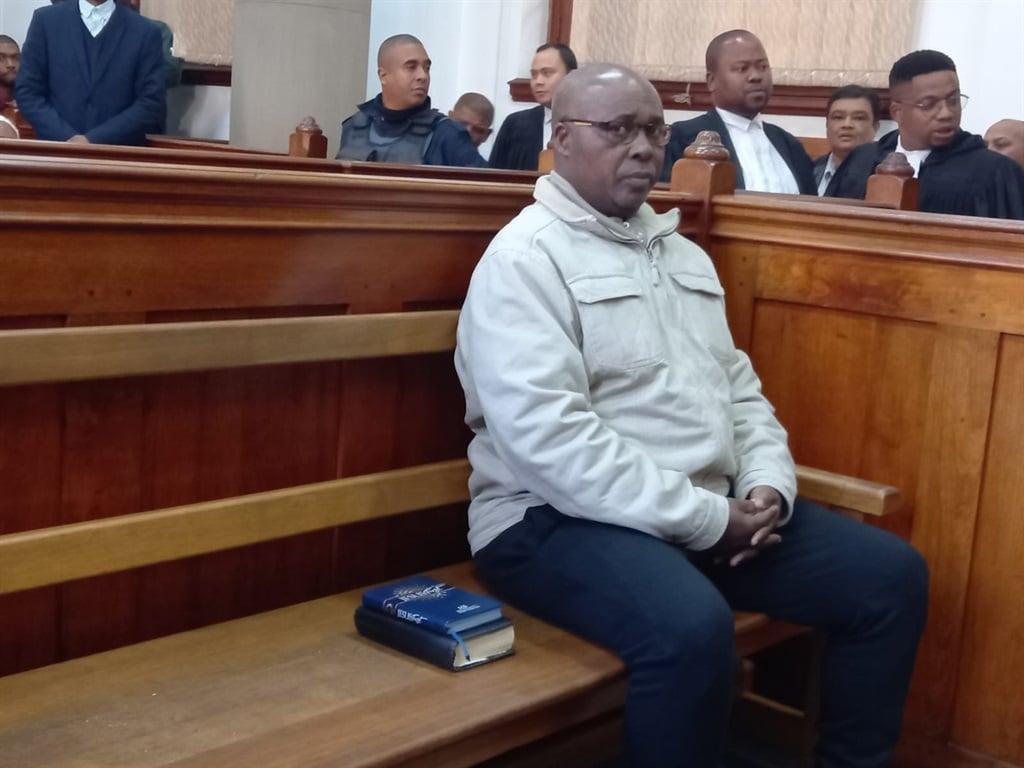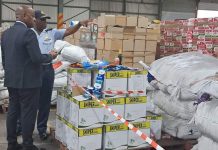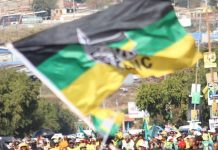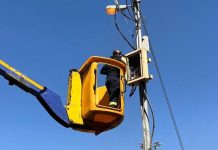Africa-Press – South-Africa. Rwandan genocide-accused Fulgence Kayishema intends to apply for asylum in South Africa, a strategy that could delay his possible extradition by at least two years.
It will not be his first asylum application either, but it will likely be the first time he uses his real name in the application.
Kayishema was arrested in Paarl in May, ending a lengthy tracing operation by the International Residual Mechanism for Criminal Tribunals (IRMCT).
The IRMCT wants him to be tried for conspiracy to commit genocide and alternate charges of complicity in genocide and extermination in Rwanda in 1994, when an estimated 800 000 people were murdered during a long and violent rampage against the Tutsis and moderate Hutus.
His advocate, Juan Smuts, was expected to say on Tuesday whether Kayishema would apply for bail while he waits for his extradition and trial for allegedly breaking South African immigration laws.
However, when prosecutor Nathan Adriaanse gave Smuts the floor in the Cape Town Magistrate’s Court, he revealed the alleged genocidaire’s intention to not apply for bail but asylum.
“The application has been completed and will be launched today,” said Smuts.
Magistrate Reaz Khan asked Kayishema to confirm that he would not be applying for bail, so he stood up and said simply, “No”.
When he was arrested by a multi-agency task force at a farm he worked on in South Africa, the subsequent search of his home revealed he had allegedly been living under a number of aliases supported by documents obtained by guile.
At the time of his arrest, he was Burundian refugee Donatien Nibasumba; when he needed a passport, he was Malawian Positani Chikuse; and when he needed to renew his refugee status, he was Fulgence Dende Minani.
In court on Tuesday, Kayishema again carried his Bible and a book of Christian readings into the dock.
Supporters and family sat in the public gallery looking on.
He appeared to have been sent a change of clothing as the blue rain jacket he wore previously was replaced by a cream windbreaker and new black takkies, giving the man in his early sixties the look of an avuncular pensioner.
His intended application for asylum through the Department of Home Affairs could delay his extradition, but the prosecutor said the South African criminal charges would continue unaffected.
The State is also powering ahead by applying for a centralisation certificate because some of the alleged violations took place in other provinces.
If the certificate is granted, the trial can be run under one file in Cape Town.
Speaking outside court, Smuts said the asylum application could take as long as two years and would possibly only be concluded in 2024 unless the Home Affairs fast-tracked it.
This means unless Kayishema applies for bail at a later stage, he will stay in custody with his current health problems.
He has not received extradition papers, and it is unclear yet whether he will be tried in The Hague, Arusha in Tanzania, or Rwanda.
“He left the country out of fear for his life,” said Smuts.
The crime Kayishema will specifically have to answer to occurred in April 1994, also the year he left Rwanda.
He is understood to have lived in the Democratic Republic of Congo, Mozambique, and Tanzania before South Africa.
On 6 April 1994, Rwanda’s then-president Juvénal Habyarimana and his Burundian counterpart, Cyprien Ntaryamira, were killed when their plane was shot down as it came into land in Rwanda.
They had been attempting to broker peace between the people of the two countries after centuries of hostility between the Tutsis and Hutus, and sporadic outbreaks of violence between the two.
When the presidents, both Hutu, were assassinated, the Tutsis were blamed, and decades of hostility and resentment rose to the fore in a country where opportunity and prosperity is said to have depended on whether one was Hutu or Tutsi.
Kayishema is accused of planning and carrying out a massacre at the Nyange Parish Church in Kivumu commune, Kibuye prefecture, which added at least 2 000 victims to the final death toll of about 800 000 people.
He is alleged to have been part of a group, which included Catholic priest Athanase Seromba, who plotted to remove people inside the church who were seeking refuge.
Kayishema allegedly procured petrol and poured it into the church to get the people out of it.
After that, a bulldozer pushed the walls of the church in to kill anybody who had survived the fire.
The case was postponed to 18 August, and Kayishema was taken back into custody.
For More News And Analysis About South-Africa Follow Africa-Press






